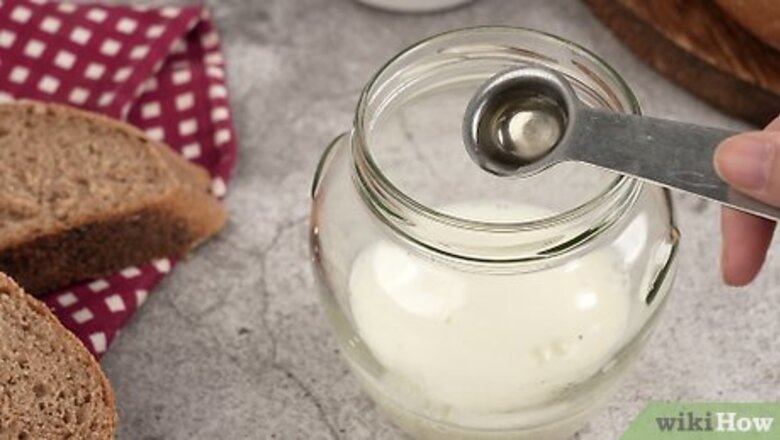
views
Making Buttermilk from a Culture
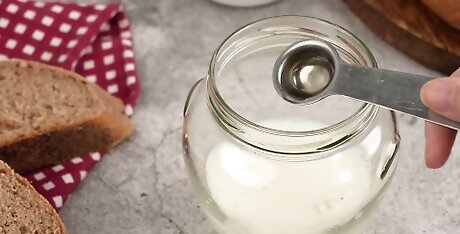
Add a bacterial starter of 6 to 8 ounces/180-235ml of active fresh cultured buttermilk to a clean quart jar. Use 6 ounces/180 milliliters (6.1 fl oz) if you are certain of the freshness of the starter. When in doubt, use a full cup of buttermilk as starter.
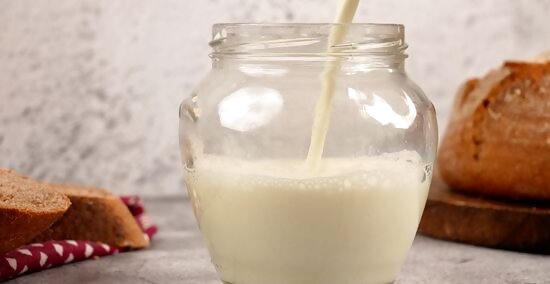
Fill the rest of the jar with fresh milk.
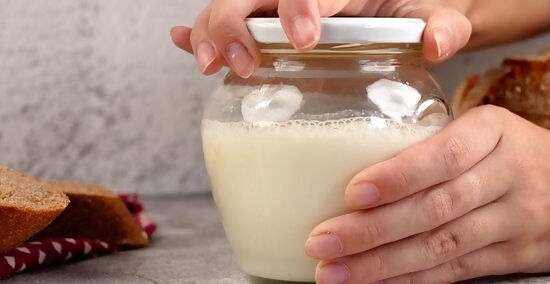
Screw the lid on on securely. Shake thoroughly to mix. Label the jar with the date.
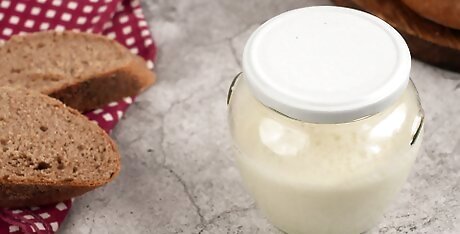
Let the jar sit out in a warm part of the room until thickened. This should take about 24 hours. If you find it takes longer than 36 hours, the starter was no longer active (meaning that the bacteria has died). The buttermilk may or may not be tasty if it takes longer than 36 hours but it can still be used for baking.
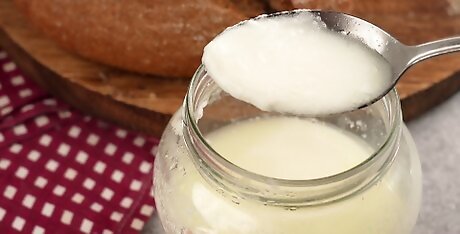
Check to make sure the thickened buttermilk coats the glass. This happens because the bacteria have fermented the milk, and the lactic acid is causing the milk proteins to thicken. Refrigerate immediately.
Capturing Buttermilk when Making Butter
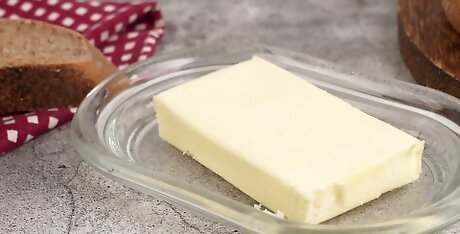
Make butter. There are various methods for doing this––see How to Make Butter for your preferred method.
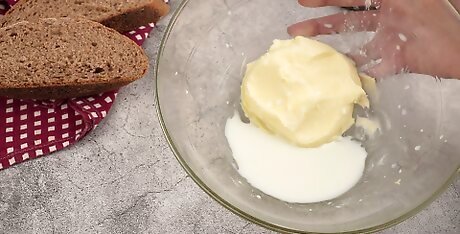
Capture the buttermilk as you knead the butter. The buttermilk will appear at various stages of making butter and most of it can be drained into a pouring jug and kept for use in cooking. Be aware that the last "dregs" of the buttermilk might not be as palatable as the first buttermilk. However, this end buttermilk can still be given to livestock or pets for nourishment.
Substitutes for Buttermilk
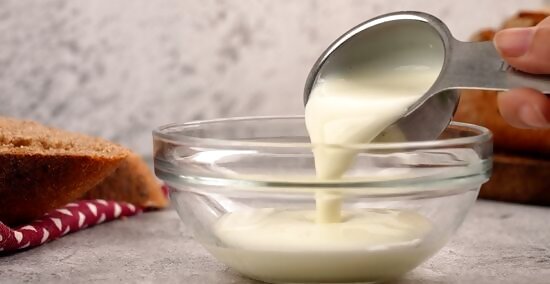
Mix 3/4 of a cup of plain, quality yogurt with 1/4 cup of milk.
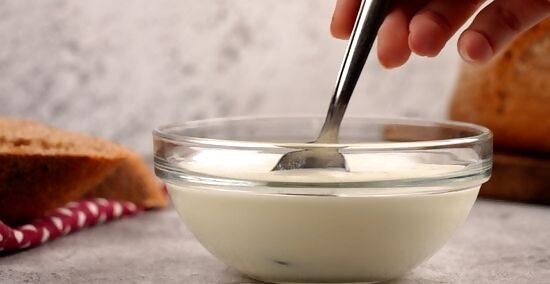
Stir. Let stand for 5 minutes.
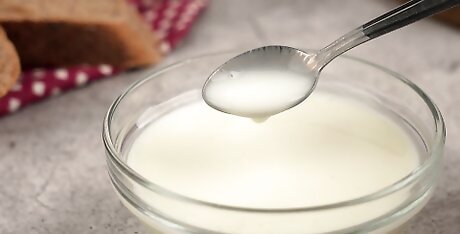
Use as required in the recipe.
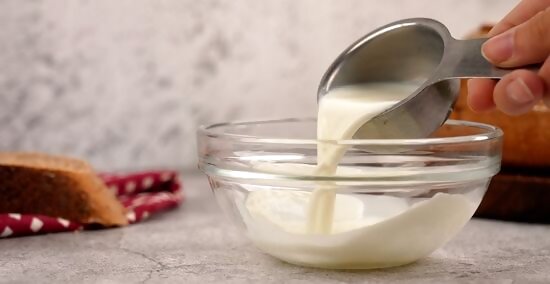
Pour a cup of milk into a mixing bowl.
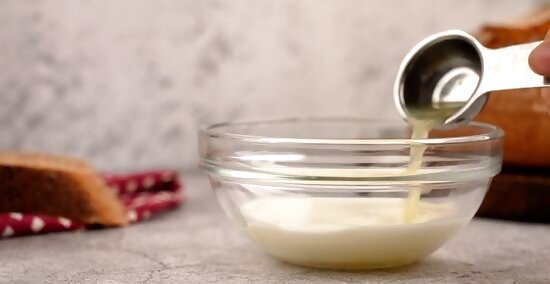
Add one tablespoon of quality white wine vinegar. If you don't have vinegar, use lemon juice in the same quantity.
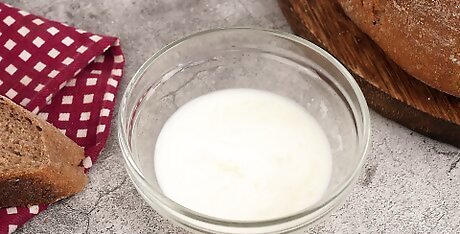
Let stand. The mixture will curdle after about 5 minutes.
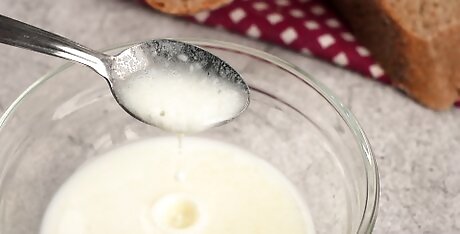
Use as required in the recipe asking for buttermilk.
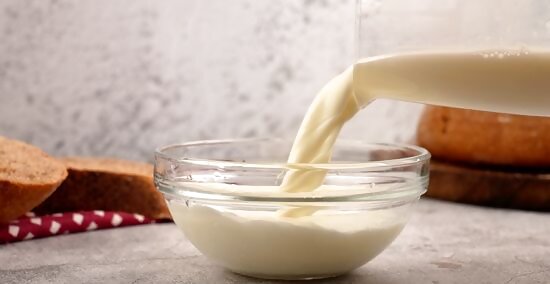
Pour a cup of milk into a mixing bowl.
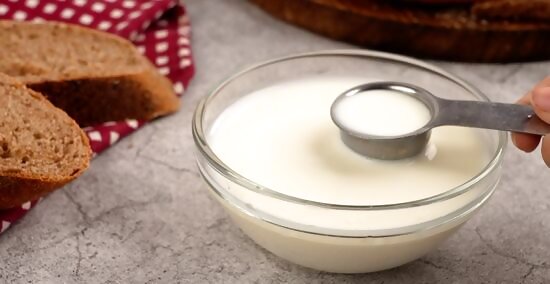
Add 1 3/4 teaspoon of cream of tartar to 2 tablespoons of milk taken from the bowl. Then add the mixed liquid to the remaining milk in the bowl. Mixing the cream of tartar first will prevent it from forming lumps, as it will do if added to a larger amount of liquid.
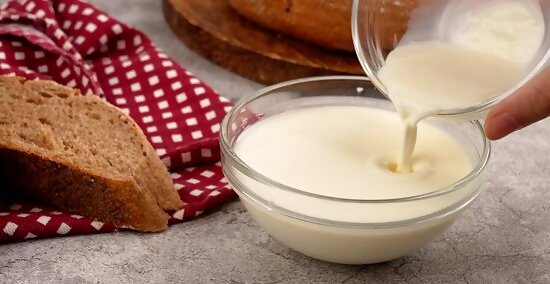
Mix well. The milk will turn acidic from the cream of tartar and the tanginess will carry over into the food you're making.
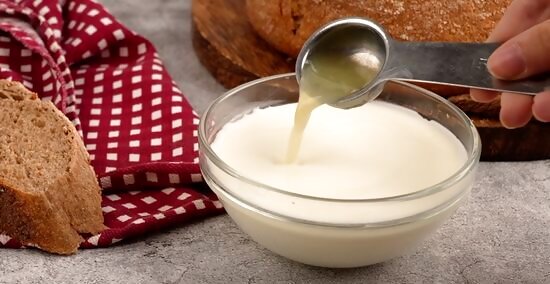
Stir 1 tablespoon of freshly squeezed lemon juice with 1 cup of milk.
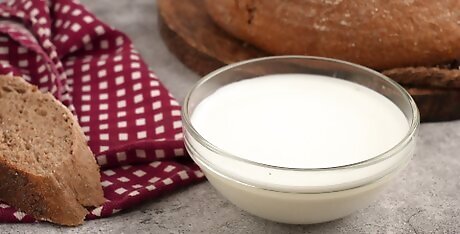
Let stand for 5 minutes. Then it's ready to use.

















Comments
0 comment